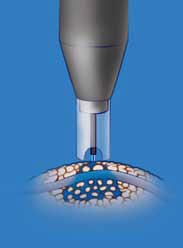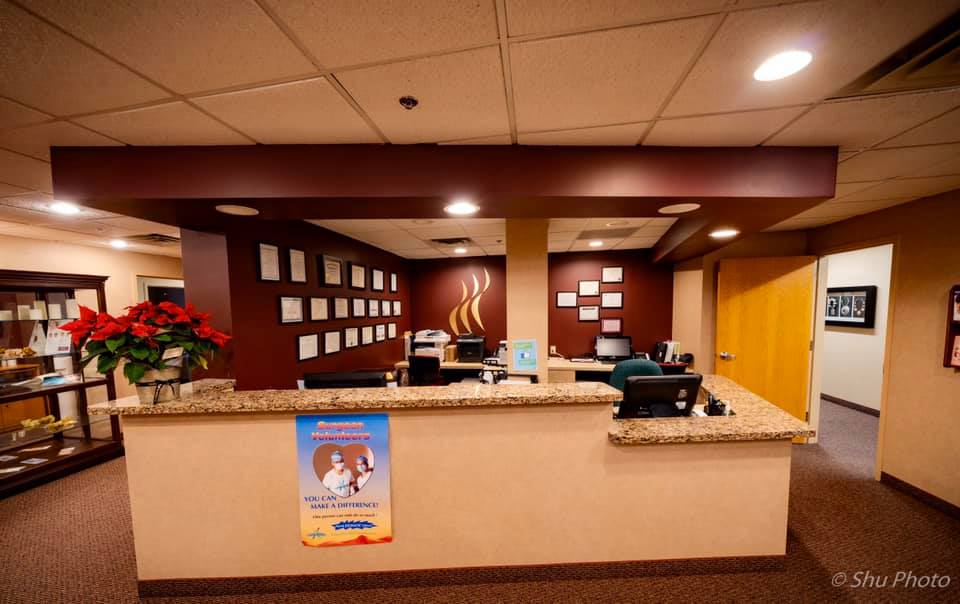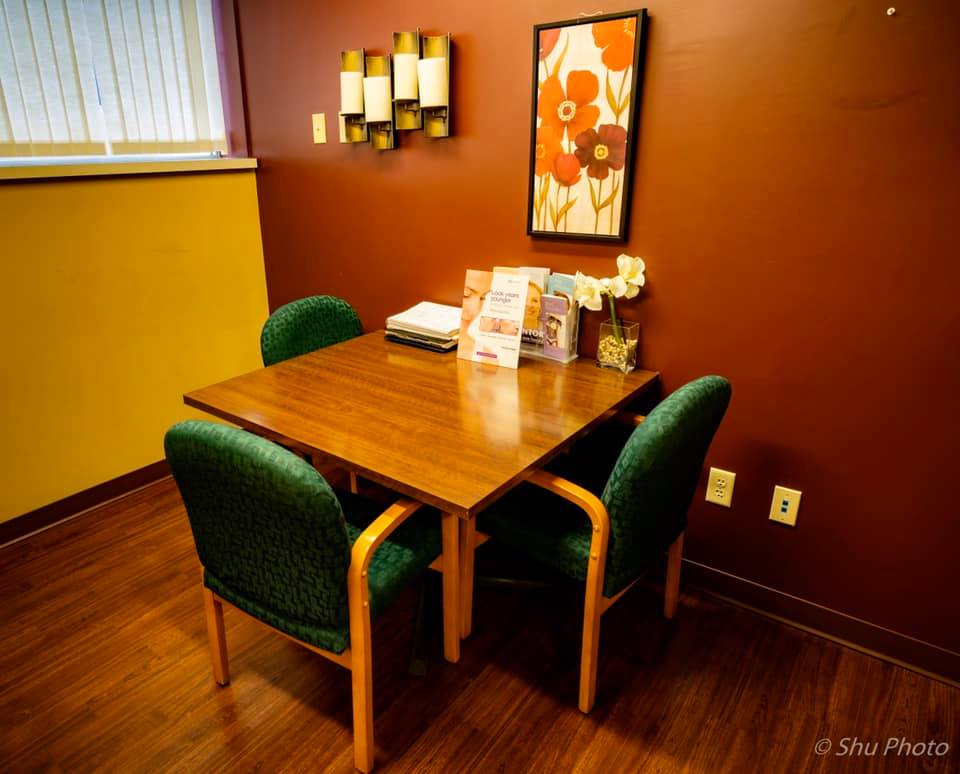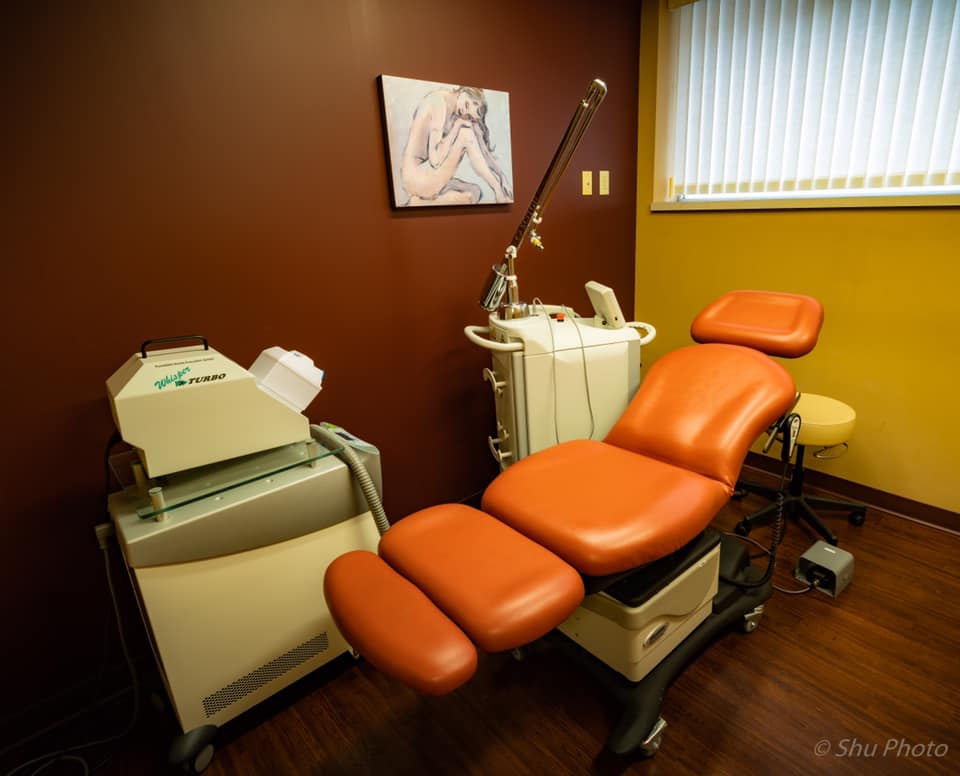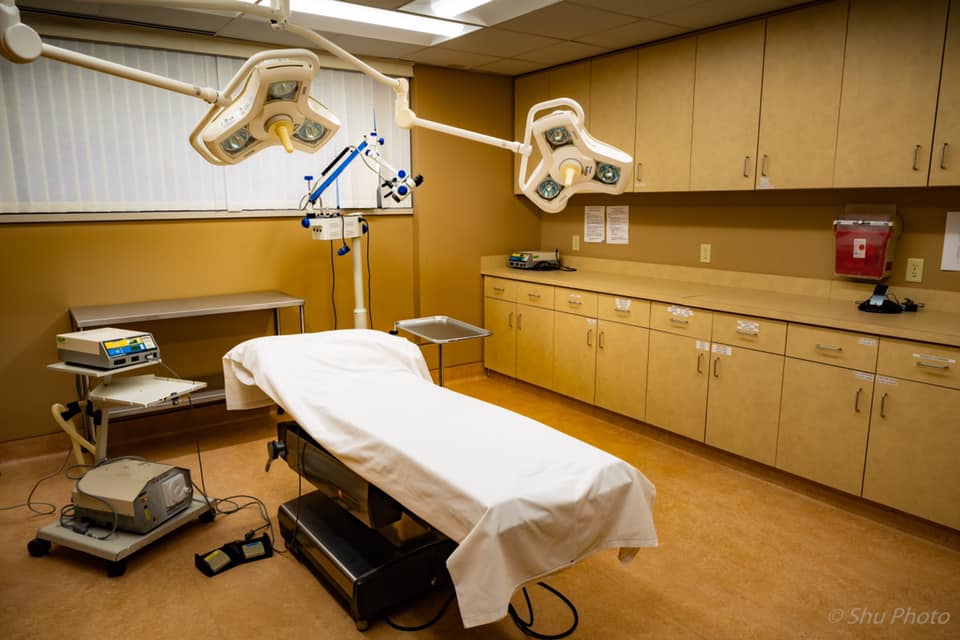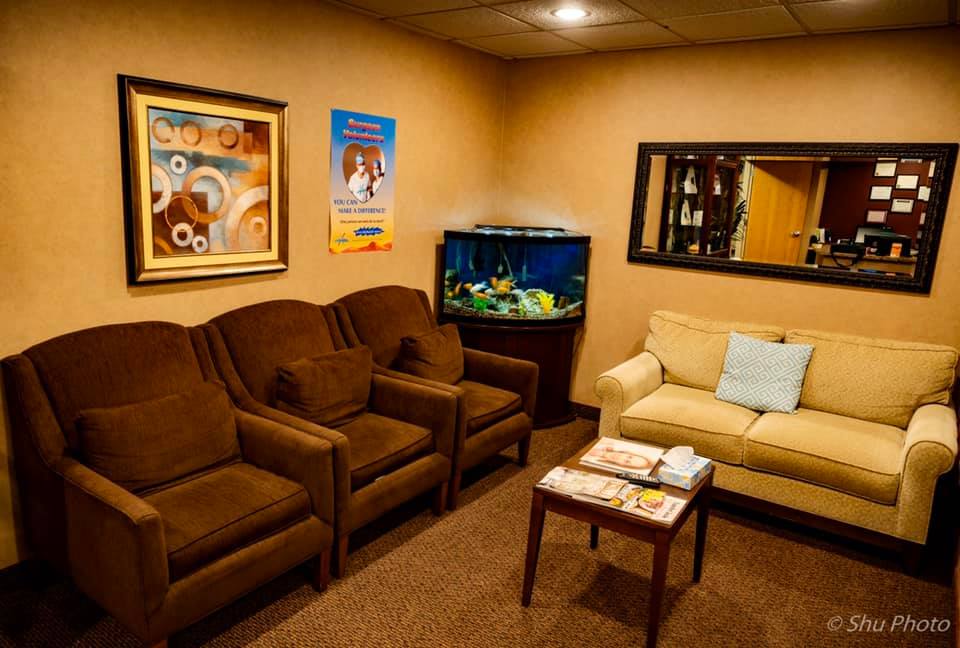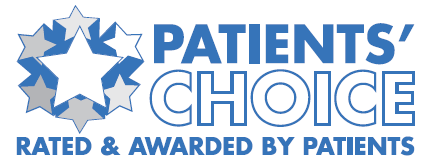Introduction
Adult circumcision is a surgical procedure involving the removal of the foreskin from the penis. While the decision to undergo circumcision is personal and often influenced by cultural, religious, or medical reasons, it’s essential to understand the various surgical techniques available. In this blog, we will compare and contrast four common surgical techniques for adult circumcision: the conventional technique, laser circumcision, and Shang Ring technique.
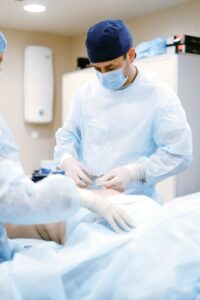 Conventional Surgical Technique
Conventional Surgical Technique
Procedure: The conventional technique involves using a scalpel or surgical scissors to make an incision along the foreskin, followed by the removal of the excess tissue. The remaining skin is then sutured together.
Pros:
Cons:
Laser or RF Circumcision
Procedure: Laser or RF circumcision employs a laser or radiofrequency device to make precise incisions and remove the foreskin, and it accurately and effectively cauterizes any wound bleeding. Therefore, this technique minimizes bleeding and reduces the risk of infection.
Pros:
Cons:
Shang Ring Technique
Procedure: Similar to the Plastibell method, the Shang Ring technique utilizes a device placed around the foreskin to facilitate its removal.
Pros:
Cons:
Conclusion
Choosing the appropriate surgical technique for adult circumcision should involve careful consideration of personal preferences, medical advice, and the surgeon’s expertise. Each technique has its advantages and disadvantages, making it essential to discuss your options thoroughly with a qualified healthcare provider. Your decision should prioritize safety, comfort, and your desired cosmetic outcome. Ultimately, the choice of technique should align with your individual needs and preferences, ensuring a successful and satisfactory outcome.
Note: One Stop Medical Center provides the service of Laser (RF) adult circumcision. We have two office locations in Edina, Minnesota, and Casselberry, Florida. If you are interested in vasectomy, Please fill out the online registration first, we will call you in 2 business days, or please call us at 1-888-992-0019 if any questions.




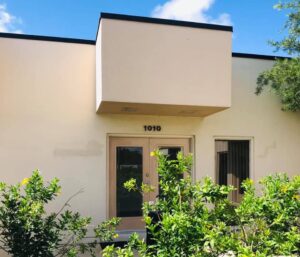
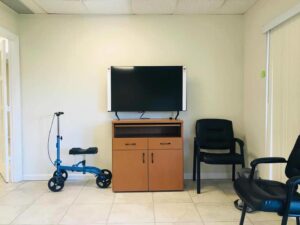
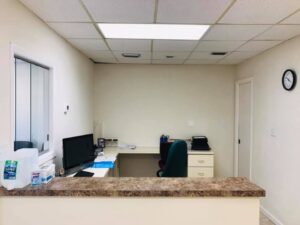
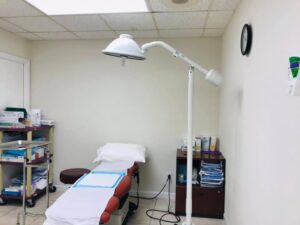
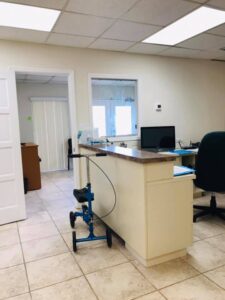
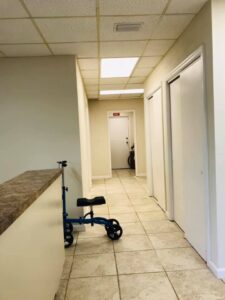
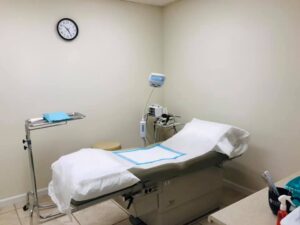
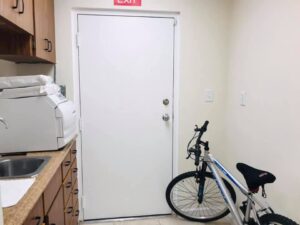
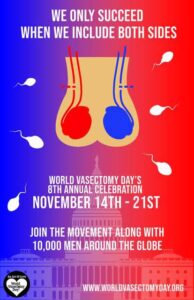
 One of the risks and potential effects of undergoing a
One of the risks and potential effects of undergoing a 

